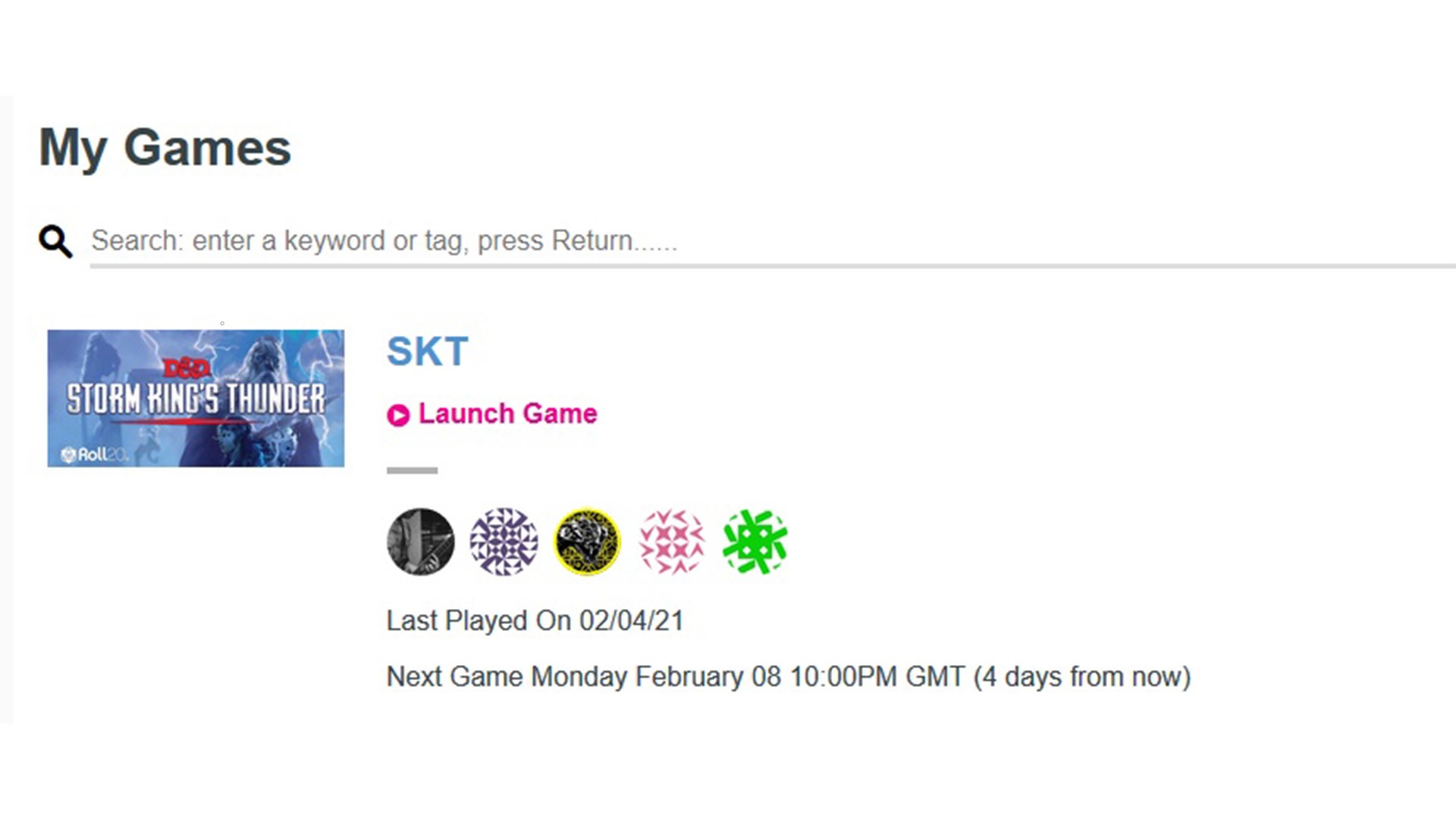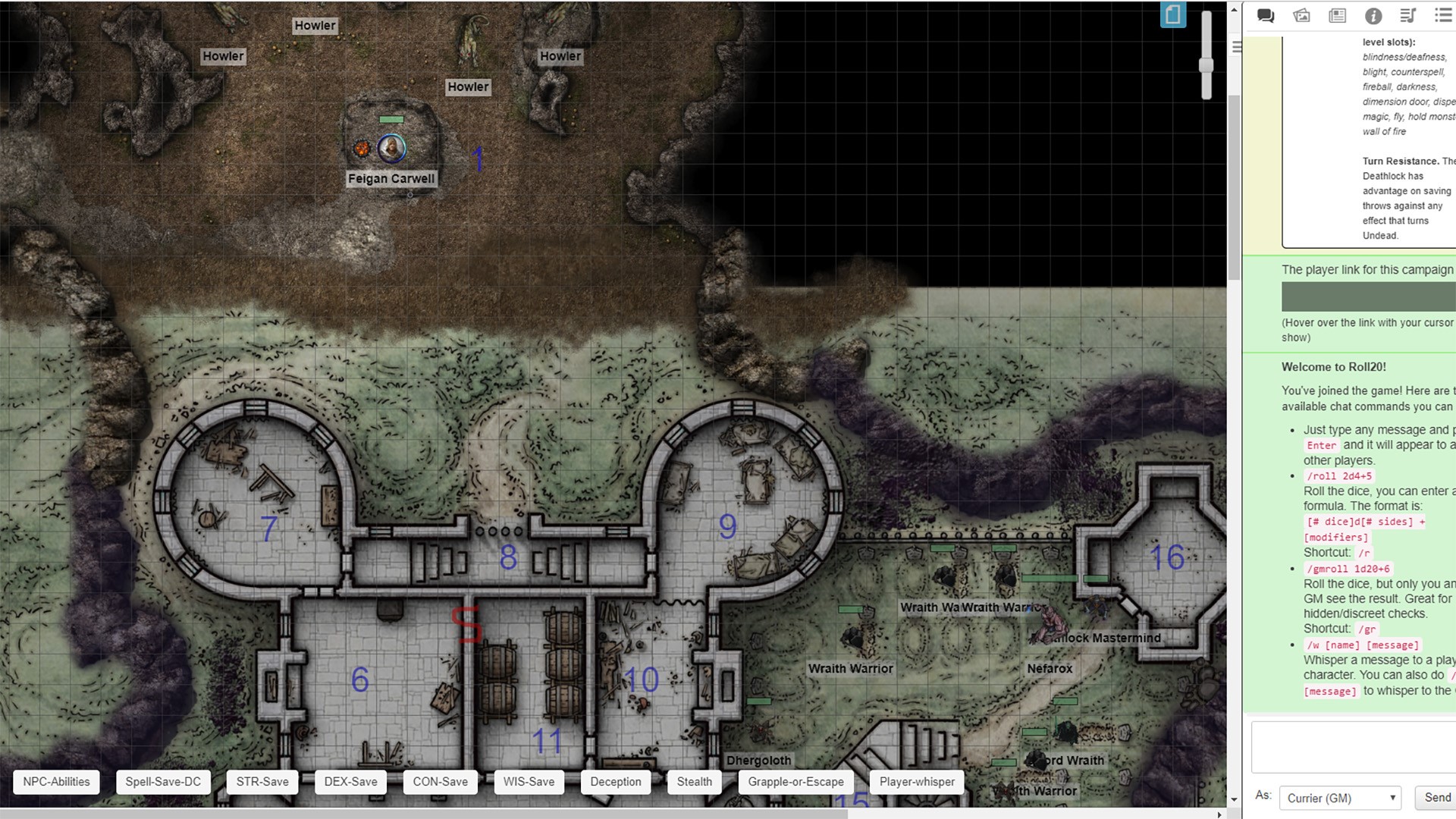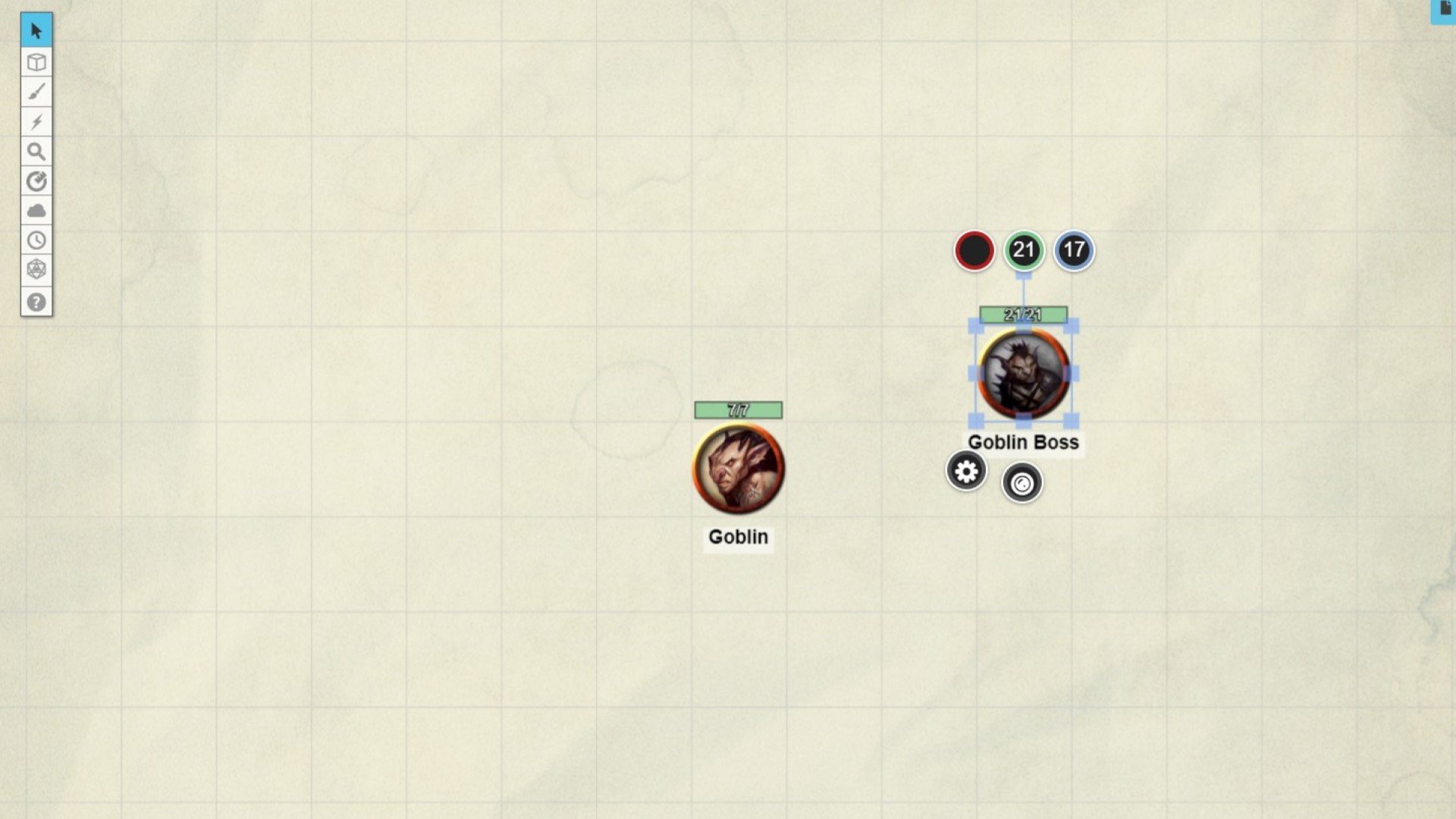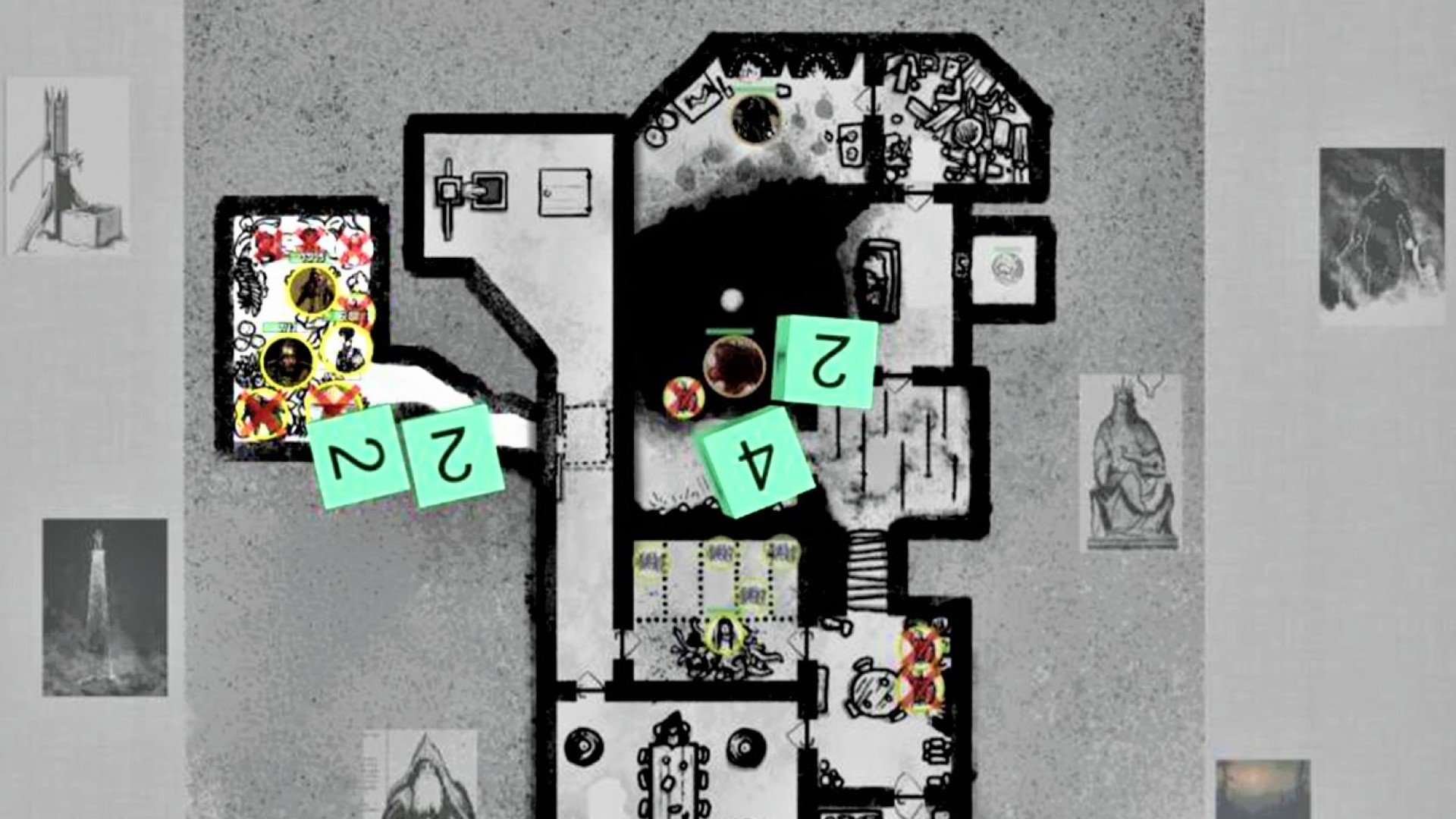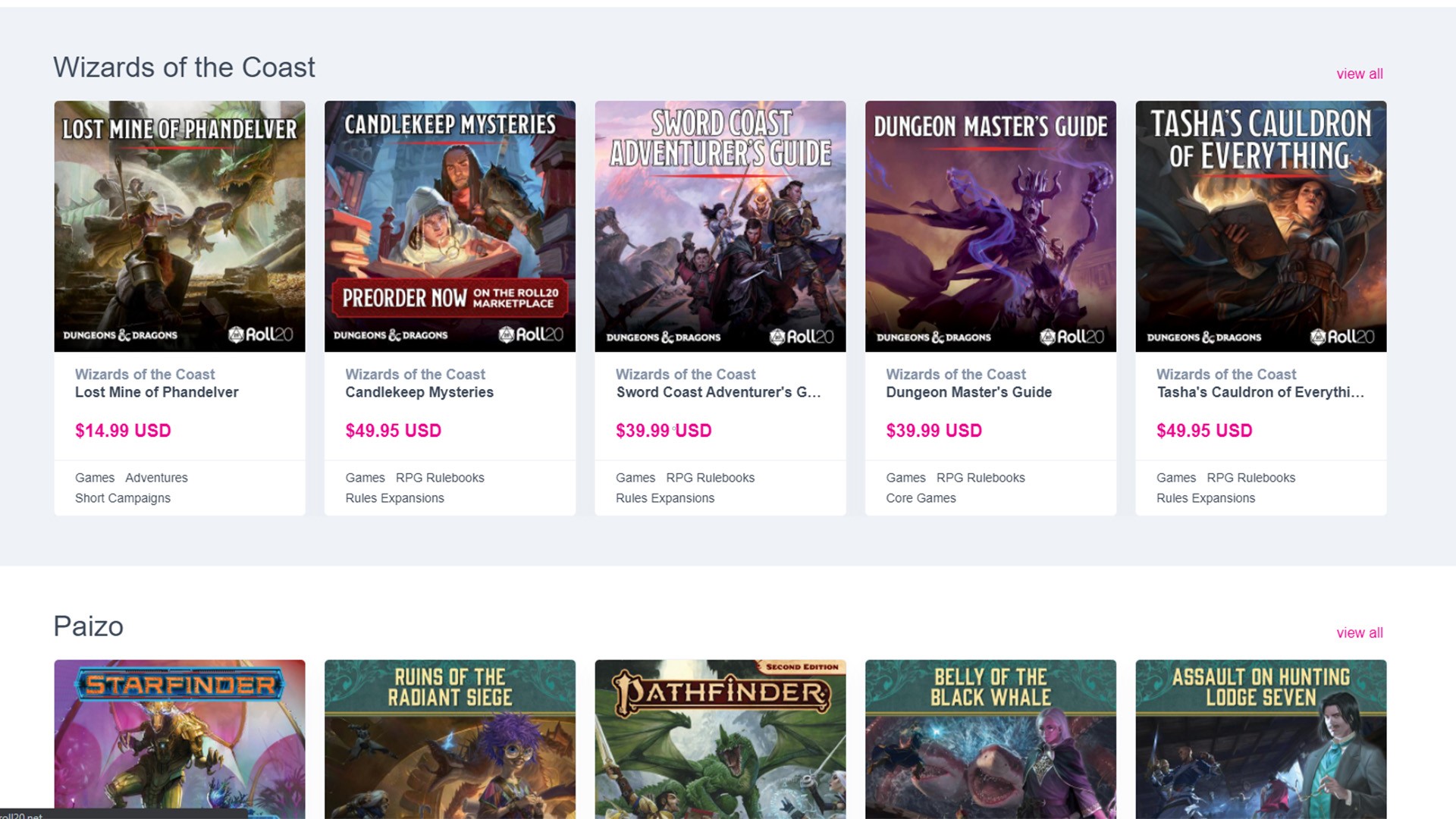Roll20, and other virtual tabletop RPG platforms like it, lets you to go on dice-rolling adventures with your friends from the comfort of your own home. Taking your roleplaying sessions online, you can play Dungeons and Dragons or Pathfinder wherever you are, and whatever the situation. It’s not dead simple to learn, though – so here’s our comprehensive Roll20 tutorial.
One of the best-known virtual tabletops, Roll20 gives you everything you need to run a roleplaying adventure with your mates, in your browser, for free. Offering tons of nifty features – and receiving support from Wizards of the Coast, Paizo, and other massive publishers – it has a whole range of new and classic campaigns that have been optimised for playing digitally. It’s also got a flexible suite of tools that let you automate your own DnD character sheets and build your own DnD campaigns from scratch.
However, even once you’ve learned how to play Dungeons and Dragons, making the step from pen-and-paper to the digital tabletop is a big deal, and the mere thought of starting an online campaign can be as frightening as a tyrannical Dungeon Master.
We’ll get you started playing D&D and other tabletop RPGs with Roll20, offering essential step-by-step guidance and tips to make sure your first session is as stress-free and devoid of technical troubles as humanly, elvenly, or even dwarvenly possible.
Setting up
So you’ve found a group of eager roleplayers, and you’re ready to dive into the digital physical world of imagination – let’s first talk about the most fundamental extra step in online tabletop RPGs: voice and video.
You will want to make sure that every player’s device (and especially the GM’s) has a decent microphone and (if possible) a webcam, to recreate that social, tabletop group-session feeling. Roll20 has a built-in voice and video feature, but it can slow down performance and cause annoying echoes.
From personal experience, handling your audio and/or video comms externally, using low-profile apps like Discord (or even Zoom) will make Roll20 and any other online platforms run smoother. To turn off video and voice in Roll20, simply change your settings before launching your campaign and inviting people in.
Another vital thing to consider before even logging on to Roll20 is using the right browser. Simple as it may sound, lots of frustrations and lagging issues can be solved straight away with just switching away from your typical web browser for the duration. Chrome and Firefox are recommended as running best, and it’s advised to avoid Safari at all costs.
Starting your campaign
Roll20 has a tutorial, and, whether you are a player or the GM, getting to grips with the basic controls is a must. It can get a bit detailed, but if you are a player, you won’t need to worry about all the features and the technical ins and outs. On the other hand, GMs may want to watch Roll20’s walkthroughs and play around on the site before a session, practising and getting used to the program.
If you are a first-timer or not that tech-savvy, we definitely recommend purchasing one of Roll20’s licensed campaigns via the marketplace as they’re pretty affordable and give you everything you need in the way of digital tokens, maps, lore and info documents, artworks, etc. If you purchase a fully-fledged, official D&D 5E campaign like Storm King’s Thunder or Lost Mine of Phandelver, it will come with its own maps, assets and detailed notes on how to run your campaign – saving you time and a few grey hairs.
Before starting your game, make sure you’ve chosen the correct character sheet template and have enabled ‘allow players to import their own character’ under game settings. Remember, if you’re the GM, to pick the correct compendium for the campaign you are running (this is normally your chosen game’s core rulebook, e.g. D&D 5E’s player’s handbook) and click the option to share compendium with your players.
Now the whole party can fill out their character sheets, with all the information they need at their fingertips, bringing you one step closer to your first game session.
Playing the game
Let’s say that the GM has uploaded all the battle maps, got the atmospheric music playlists ready (Roll20’s music tool is quite intuitive here) and the character sheets have been sorted – it’s now time to get cracking on your online offline adventure.
The basic thing for players to get to grips with is the toolbar on their screen’s left-hand side. The toolbar contains a move tool, enabling you to drag your token around the map, a draw tool for indicating changes to the environment, and a handy measurement tool that is incredibly helpful for combat ranges.
There is also a super-convenient dice roller in the toolbar. The dice roller lets you roll anything from D4s to D100s and does all the maths for you instantaneously, speeding up gameplay and making dungeons feel faster-paced.
If you want some animations in your rolls, go to your settings on the right-hand side and enable 3D dice for that extra dose of realism.
Now let’s go over what happens when your party finds itself in some hot water, facing off in your first online combat.
Firstly, the character sheets are amazingly helpful: players can simply click on their weapon or spell, and Roll20 will automatically roll an attack, taking all your modifiers into account.
If you are using a D&D 5E character sheet, you can also click the options at the top to enable either advantage or disadvantage to a roll.
To adjust hit points, you can physically change the value on your character sheet, or type ‘-’ or ‘+’, followed by the amount of damage taken, into the green bubble displayed above your character’s token, and the amount will be altered automatically.
Next steps for GMs
Going over everything in Roll20 is nearly impossible in this compact starter guide, but we can point you towards your next research steps and offer a few resource recommendations. A big thing to come to terms with is importing maps for your next game.
If you are choosing to start your own adventure instead of a licensed campaign, simply search for some images and drag them into Roll20’s map layer. As a GM, we would also recommend practising with Roll20’s alignment tool to make grids on any maps you find as (from experience and multiple headaches) it can be temperamental, and takes time to perfect.
Another thing to consider is that if you want to create your own tokens, sites like Tokenstamp are favourites for making your own to import into a game, adding some extra visual uniqueness to the player characters, NPCs and creatures in your session.
Finally, in terms of more advanced map creation features on Roll20, the best method is trial and error, watching videos or even looking through some subreddits for tips and advice. You can always leave questions on Wargamer’s social channels, too (linked below) and one of our resident digital dice-fanciers will get back to you.
Roll20 alternatives
There’s never been a better time to take your roleplaying online. Roll20 is excellent for everyone, with its browser-based platform and streamlined systems. But there are tons of alternatives out there if you’re after something a little bit different.
Astral is an up-and-coming platform, and an excellent alternative for Pathfinder players. But, despite its user-friendly UI, it presently still lacks many features. Fantasy Grounds is another choice, explicitly built for D&D – but requires upfront payment, making it somewhat of a gamble for first-time online players versus the free account available with Roll20.
There are also platforms that enhance the Roll20 experience rather than attempt to replace it. For example, Demiplane offers additional game tools like a game matchmaking service, text and video chat, safety tools for players, and the option to host paid TTRPG games.
However, no matter where you choose to take your online adventure, take courage: as long as you have a stout heart and a steady internet connection, nothing can stop you and your friends from coming together to dungeon-crawl or space-travel your way beyond the familiar, enclosing four walls of the past year.
Although it may not beat an in-person roleplaying session, the convenience, multitude of features, and constant updates mean online roleplaying comes pretty close, and keeps getting better year on year. Time to join the party.
Source: Wargamer




